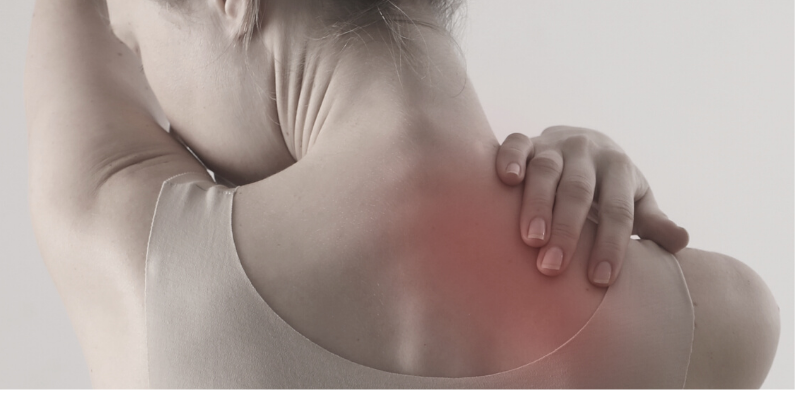by Megan Gallagher, SPT
What is Forward Head Posture?
Forward head posture is typically defined as poor habitual posture of the neck. This leads to excessive extension of the upper cervical vertebrae and a forward translation of the lower cervical vertebrae. Forward head posture treatment with PT can address abnormal tension in muscles and increased compressive forces through the joints in the neck, often times leading to pain. This may also lead to rounding of the thoracic spine (or midback) and shoulders, and decreased range of motion in the neck and back.
Problems Associated with FHP:
Due to the muscular imbalances and increased compressive forces, FHP may cause headaches, neck or shoulder pain, mid back discomfort or pain, and/or pain and numbness extending down the arm. Those with FHP may complain of feeling muscular tightness in the neck, back, or shoulders, and feel like they need to constantly stretch the associated muscles. They might also complain that they are unable to turn their head fully to one side or another, or that certain movements cause pain. This is due to the improper alignment of the bones, which hinders movement. To prevent these problems, the head should remain in a neutral position.
Neutral head and neck position:
- Ears are positioned above the shoulders
- Chest remains open, shoulders remain back
- Head rests equally between the shoulders
- Chin should be level with eyes gazing forward
How does FHP occur?
There are many etiologies, or causes, as to why someone may develop a forward head. One of the most common etiologies is due to work or school related postures. Those who sit at a desk all day, looking down at papers or a computer screen are more likely to develop this posture. With the increase in technology uses over the past years, it has been found that those with FHP report looking down at computer or phone for much of the day.
Other causes for forward head posture include slouching, sleeping with the head elevated too high, and lack of muscular strength/endurance along the spine.
How PT can help:
Forward head posture treatment with our physical therapists will educate the patient on proper alignment and ergonomics of their work space, if working at a desk all day has been found to be a contributing factor. If pain is present, techniques may be used to reduce pain and spasm including the use of stim, heat, or soft tissue work, among other modalities. A PT may then work to stretch out tight muscles and perform joint mobilizations to help the neck and back move better and increase range of motion. Finally, patients will be given exercises to strengthen weak muscles and improve muscular endurance so that the head and neck will be more in line with the neutral postural position.
Contact Capital Area Physical Therapy at 518-289-5242 for more information on a number of strategies and techniques surrounding how to address forward head posture and other posture related issues.






